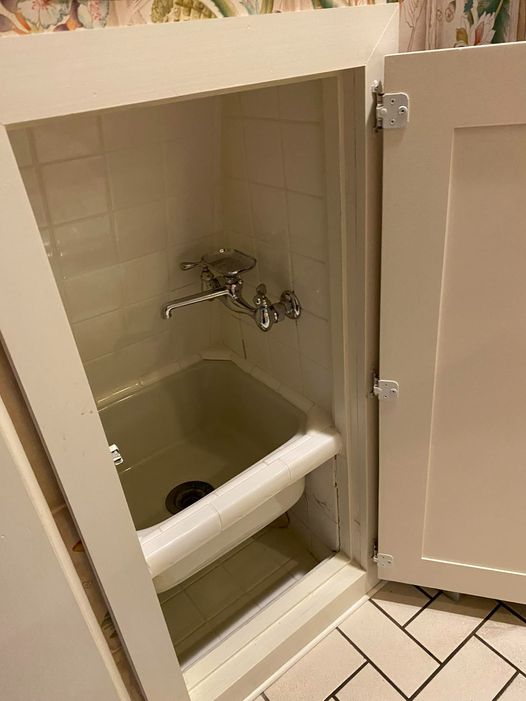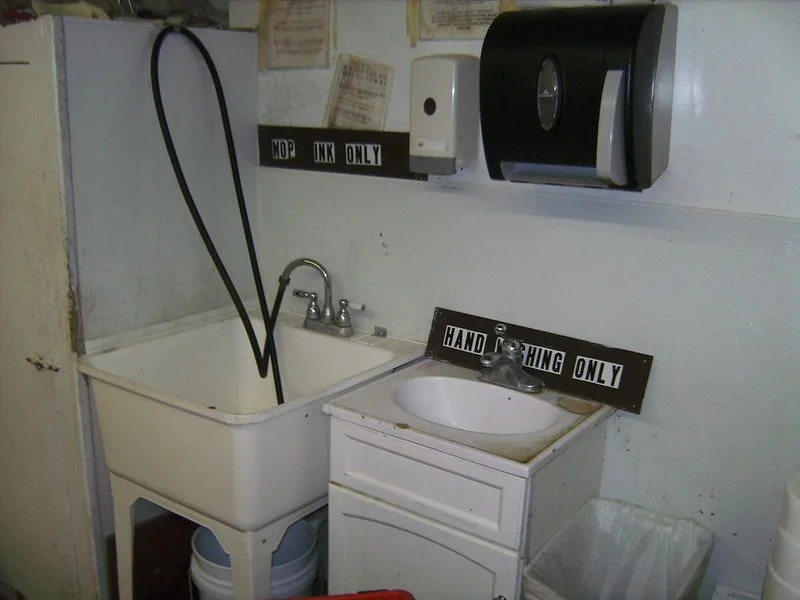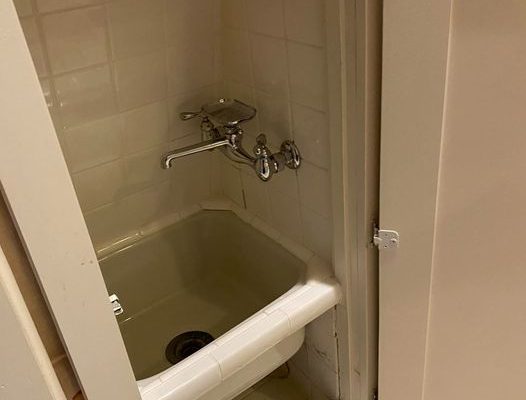In the history of home building and interior decoration, some features reveal a lot about the way people lived, their social systems, and how they thought about comfort. One interesting item is the old sink made for mopping, which was designed to be at knee-height. This simple but clever design, once found in grand houses and estates of earlier times, gives us a cool look into how households were managed and how home designs changed to fit what people needed.

These old sinks were made from materials like stone or early types of porcelain. They were placed lower down so it was easier to fill and empty mop buckets without having to lift them up high. This design choice showed a focus on being practical and efficient with chores while also caring for the comfort of the staff who did this work.
The knee-level mopping sink was usually found in utility spaces or back hallways, away from where families spent their time. This placement highlighted how people wanted to keep household tasks hidden from view of those living more comfortably. Its existence reminds us that hard work was part of everyday life back then; innovations that made these jobs easier were really appreciated.

Besides being useful, these antique mopping sinks show off great craftsmanship from their time. Many had beautiful designs with fancy details or engravings that turned a basic item into something special. The strong materials used meant lots of these sinks are still around today; they are now valued as unique historical pieces or even used as decorative items in modern homes.
The antique sink for mopping serves as an important cultural piece that gives us insight into past daily routines at home. It shows how home design has changed over time due to shifts in work roles and social status within families. For historians, architects, and collectors alike, these sinks are not just tools but symbols representing an era’s views on functionally designing spaces within homes.



